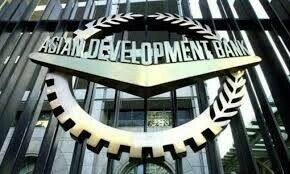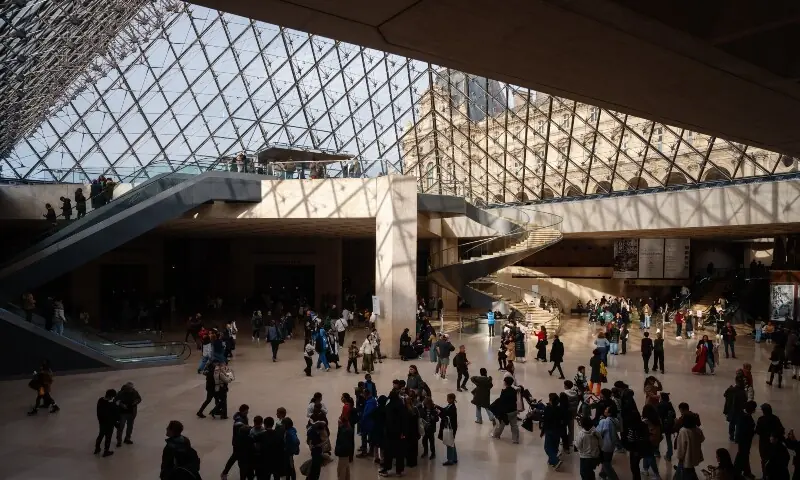Islamabad: The Asian Development Bank (ADB) announced on Sunday that it plans to expand its support for food safety and long-term nutrition in Asia and the Pacific by $ 26 billion, which increases its total financing commitment for such initiatives to $ 40 billion during the period 2022-2030.
The president of ADB, Masato Kanda, announced the new objective during the bank’s annual meeting in Milan, Italy. The expansion is based on the promise of September 2022 of the ADB to provide $ 14 billion by 2025 to relieve a food crisis in the region and improve long -term food security.
At the end of 2024, the ADB had committed $ 11 billion, about 80 percent of the original allocation, with an additional $ 3.3 billion scheduled for 2025, the bank said.
“Droughts, floods, extreme heat and natural resources of unprecedented gradients are undermining agricultural production, while threatening food security and rural livelihoods,” Kanda said.
Move aims to counteract the growing threats with the production of food from the impacts of climate change and the degradation of resources
Assistance will finance a program that covers the entire food production process, from agriculture and processing to distribution and consumption. Through financing and support of policies for governments and companies, the program aims to help the region generate diverse and nutritious foods, create jobs, reduce environmental impacts and promote resistant agricultural supply chains.
The additional $ 26 billion announced on Sunday will include $ 18.5 billion in direct AdB support for governments and $ 7.5 billion in private sector investments. The ADB indicates that private sector investments represent more than 27PC of the total program of $ 40 billion by 2030.
The program will work to modernize agricultural value chains to improve access to affordable and healthy foods, especially for vulnerable populations. It will also invest in improving soil quality and biodiversity conservation, which ADB said they are essential for productive agriculture, but increasingly threatened by climate change, pollution and loss of habitat. Support for digital technology and analysis aims to improve decision making for farmers, agribusiness and policy formulators.
According to the ADB, more than half of the malnourished people in the world live in the development of Asia. Food systems represent 70 % of world water use, 50 percent of habitable lands and 80 percent of biodiversity loss, while using 40 percent of the region’s workforce, said the bank.
To help effort, the ADB is establishing the natural capital fund, a combined financial vehicle of $ 150 million planned. It has an anchor support for the global environment installation and expects contributions from other partners, including the Global Agricultural Security and Food Safety Program. This fund will support farmers and innovative projects focused on sustainable management of natural capital.
Food insecurity threatens to reverse decades of development progress in the region, where ADB estimates that almost 1.1 billion people lack healthy diets due to poverty and high food prices, which were fired in 2022.
According to the Economics Commission of the Economics System of the Economics System of the Hiden System hidden in 2023, or 10 percent of GDP, or 10 percent of global GDP, or 10 percent of global GDP, or 10 percent of global GDP, according to the Economics Commission of the Economics System of the Food System, estimated at 2023, or 10 percent of the global GDP of the global GDP of Global GDP. These costs come from emissions, changes in land use, water depletion, poverty between workers and diet -related health problems.
The Commission pointed out that the productivity losses of poor diets increased 14 percent worldwide since 2016, and southern Asia saw a 20PC increase, highlighting the need for reforms beyond traditional strategies focused on production.
Posted in Dawn, May 5, 2025








